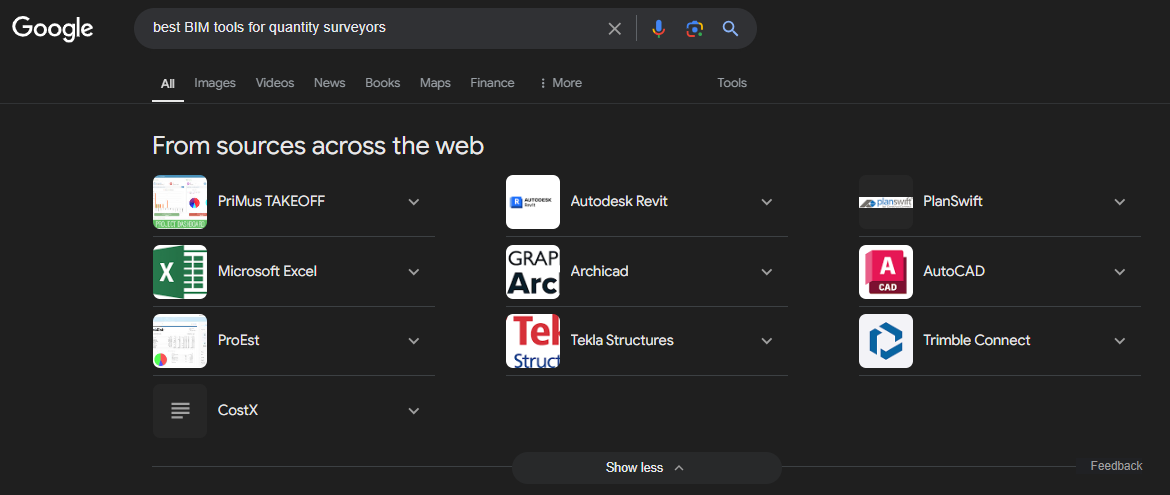hi @iosvarms :
"glad more QS are coming aboard, the more the merrier :)"
We need it.
Even if we QS maybe represent a niche on this platform I personally think quantities are a crucial aspect in the BIM and AEC space, so please allow me to share the following with you (and the rest):
Often, the focus in projects is on the final cost, without realizing that it is simply the outcome of two underlying elements—quantities multiplied by item rates for every component that contributes to the overall price.
This may sound straightforward, but I wish the same emphasis given to drawings, models, and renderings were also applied to the accuracy of quantities and reliability of pricing.
Relying solely on squeezing contractors or suppliers to cut costs shouldn’t be the default approach, but in my personal experience it's what happens most of the times.
I started using them just recently but I strongly believe BIM, and more specifically our beloved Bonsai, can actually make a tangible difference here.
While large projects are adopting BIM through expensive software solutions, smaller projects—often the backbone of any economy—could greatly benefit from free, accessible tools like Bonsai.
These projects are by far the key drivers of local employment and economic resilience, especially in developing regions.
It's a huge market, and it's everywhere..
Now, let's be practical if you will, how would you like to take it further? I'd love to hear your thoughts on this :)
Thanks
S.
